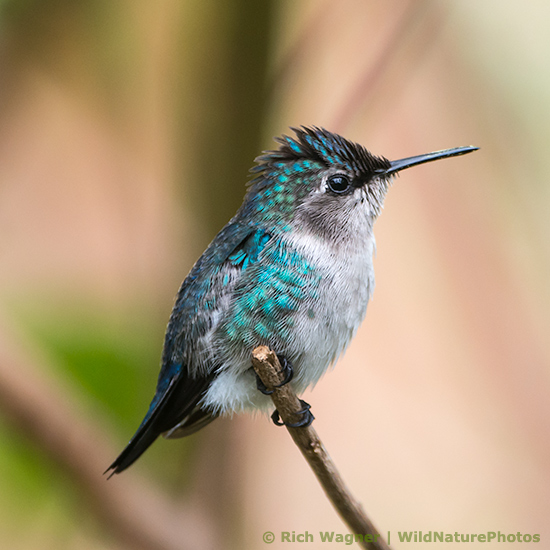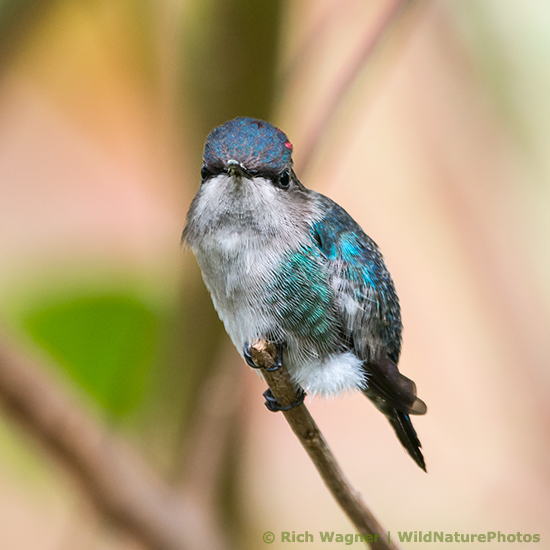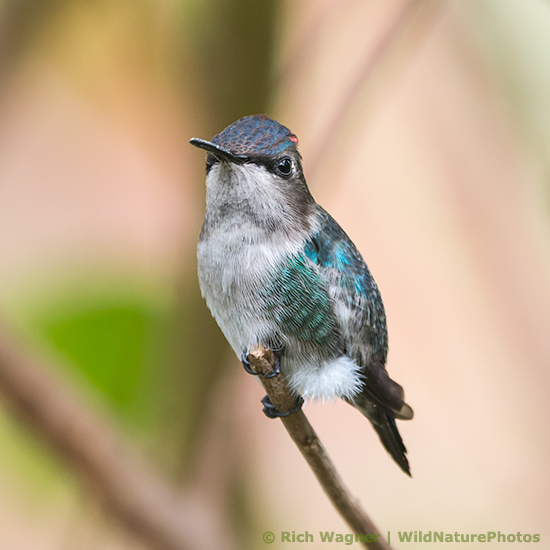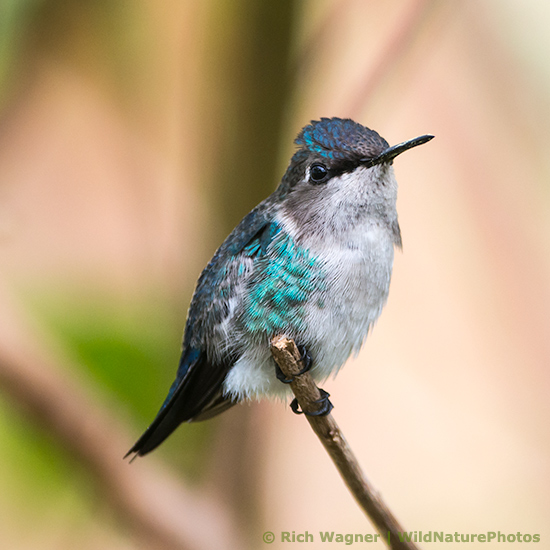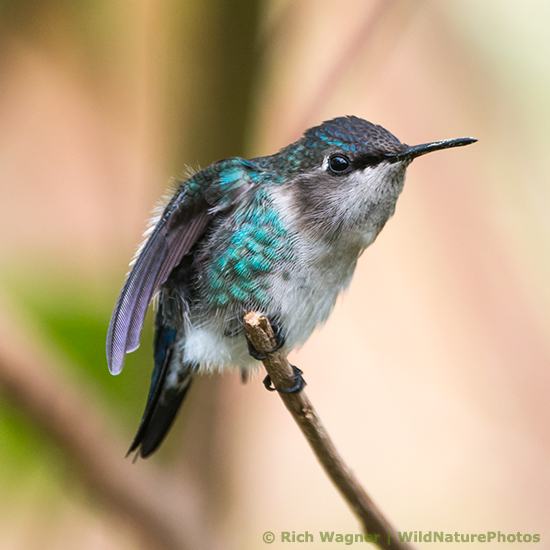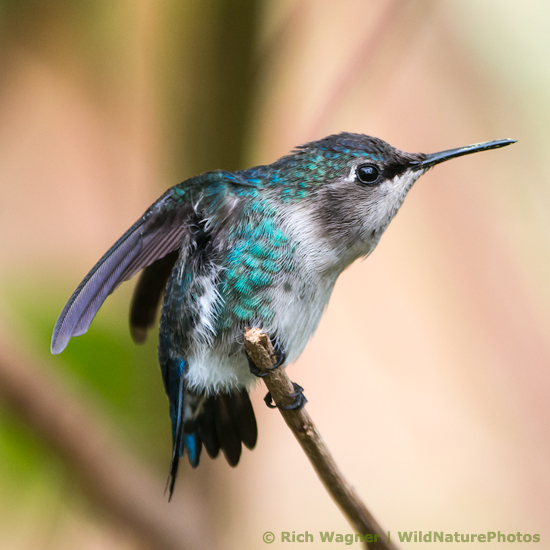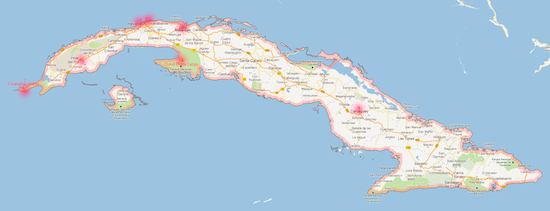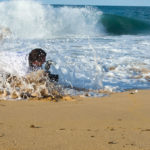I’m planning a return trip to Cuba in September/October 2013 to continue photographing the endemic birds of Cuba. I thought I would check to see if I might catch the legendary Buena Vista Social Club while I was there, and to my amazement, they’re beginning a U.S. tour next month, starting in Tucson! Incredible!!! I postponed my Cuba trip a few days to make sure I would not miss these legendary musicians.
The 15-member lineup includes Latin Grammy Award winners Omara Portuondo and Eliades Ochoa, the incredible trumpeter Guajiro Mirabal, and laúd virtuoso Barbarito Torres, all of whom are original members of Buena Vista Social Club. Opening for the Orquesta will be one of Havana’s most highly praised pianists and one of the hottest rising stars on the international music scene, Roberto Fonseca. Performing with his quintet, Fonseca has just released his latest album Yo.
Here’s a great interview of Fonseca:
http://www.havana-cultura.com/sk/sk/cuban-music/roberto-fonseca/cuban-jazz
If you’re not familiar with Guajiro Mirabal, you’ve missed one of the greatest trumpeters of all time. Classics include El Reloj de Pastora and Deuda.
Buena Vista Social Club presents Manuel Guajiro Mirabal.
Eliades Ochoa is a legendary tres player and singer. He is considered one of the most important Cuban ‘soneros’ of all time and guardian of traditional Cuban music, and he plays regularly to sold-out shows worldwide.
Barbarito Torres provided one of the many unforgettable musical moments on The Buena Vista Social Club album, namely, his laúd solo on the classic “El Cuarto de Tula.” The laúd is a 12-string instrument of the lute family, emitting, especially on its high register, a piercing, metallic tone that is perfect for fast, single-note improvising.
Good times!!! For more information on the U.S. tour, click here:
http://www.nonesuch.com/journal/orquesta-buena-vista-social-club-tour-us-2013-07-22
After our recent trip to Cuba, Janet Ruth and Bruce Neville made an interesting observation: we probably saw a lot of male Bee Hummingbirds (Mellisuga helenae) in nonbreeding plumage. Like males of most other hummingbird species, Bee Hummingbird males in breeding plumage (“Definitive Basic Plumage”) are easy to identify – they have fiery metallic/iridescent pinkish-red feathers on the gorget and head that are lacking in females and juveniles of both sexes. Distinguishing the age and sex of non-breeding-plumage males gets more complicated…
I initially assumed that the hummingbird shown below was a female Bee Hummingbird; there is a gray-white breast and no fiery red gorget or head feathers (i.e., “helmet”). Given the location (Cuba), it is unquestionably a Bee Hummingbird. But is it a female?
In Field Guide to the Birds of Cuba, Garrido and Kirkconnel describe the Bee Hummingbird as follows:
Male: iridescent deep blue to green above, gray below. Head, chin and throat fiery iridescent pink or red. Tail iridescent blue, very short and rounded. Non-breeding males lack a gorget and so resemble females but have black-tipped tail. Female: larger, with bluish green back and gray underparts. Tips of outer tail feathers white.
The Spanish-language version of the same book contains descriptions of the (identical) plates that the English version lacks, and the Spanish text purportedly has fewer errors than the English-language version (Orlando H. Garrido, 2012, personal communication). On the description page for Plate 30 (Lámina 30), the Spanish version of the book describes the juvenile Bee Hummingbird as:
“Similar a la hembra. La plumas externas de la cola con bordes en blanco” or
“Similar to the female. The outer tail feathers with white edges.”
Careful examination of the admittedly small plates appears to show white tips on the retrices of the “immature” (labeled male, English version) and “Juvenil” (sex not identified, Spanish version) Bee Hummingbird. Therefore, from these descriptions it appears that both females (adult and immature) and immature males have white-tipped outer retrices.
There is very little original research specific to the Bee Hummingbird plumage and molt patterns that I am aware of; therefore, closely related hummingbird research might be helpful for further clarification. Other members of Mellisugini (the “Bees” clade – see McGuire et al) are the most appropriate comparators. The ‘‘Bees’’ include the following monophyletic assemblage of genera: Archilochus, Calliphlox, Calypte, Chaetocercus, Myrtis, Rhodopis, Selasphorus, and Stellula. Although Mellisuga was not included in these recent phylogenetic studies, not surprisingly, the Bee Hummingbird would likely be nested within this monophyletic assemblage based on size, plumage patterns, soft-part coloration, etc.
Anna’s (Calypte anna) is perhaps the best studied of the Bees. The Birds of North America description of Anna’s “Appearance” describes the molt strategy of Anna’s Hummingbird as Complex Basic Strategy; the most relevant portion is extracted here:
Formative Plumage
“First Basic” or “Basic I” plumage according to Humphrey and Parkes (1959) and later authors; see revision by Howell et al. (2003). Present primarily Aug-Jul. Indistinguishable from Definitive Prebasic Plumages, sex for sex, in most birds following complete Preformative Molts. Some males in Formative Plumage can be identified by having one or more retained juvenal rectrices with white tips, incomplete throat and (especially) crown gorget feathering, and/or reminents of white in the tips of the formative rectrices (Pyle 1997, Pyle et al. 1997). Females may also retain rectrices but similarity in color patterns make it difficult to confirm if retained feathers juvenal or not.
So with Anna’s, it seems clear that the lack of white-tipped retrices is only found in males, and juvenile males may retain white-tipped retrices.
What about other “Bee” species? There is some nice comparative data on the plumage of Selasphorus species (Stiles 1983). With even a cursory examination of the figures in the paper, it is immediately clear that “white tips on retrices” is a predominant trait of females and immatures, and the presence of any white on the retrices of adult males varies by species. All-black retrices on females do not occur.
So what about the “female” Bee Hummingbird that I presented earlier, or other hummers that I (and other photographers) photographed on this trip? Careful examination of contemporaneous images shows new iridescent red feathers starting to appear on the head, as well as a probable gorget. Furthermore, all of the images of these birds show black retrices, and none of the retrices have white tips. In other words, none of these birds are females. They are likely adult males in non-breeding plumage juvenile males in Preformative (First Prebasic) molt. Janet and Bruce, you nailed it! (And thanks to Sheri L. Williamson for her comments below.)
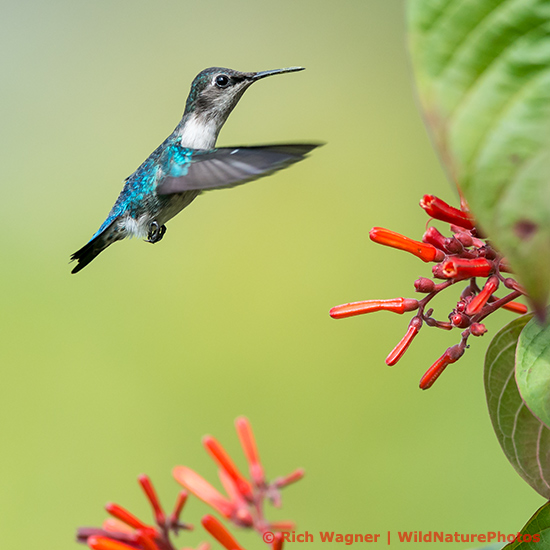
Bee Hummingbird (Mellisuga helenae), juvenile male in flight near the red flowers of Firebush (Hamelia patens). Cuba
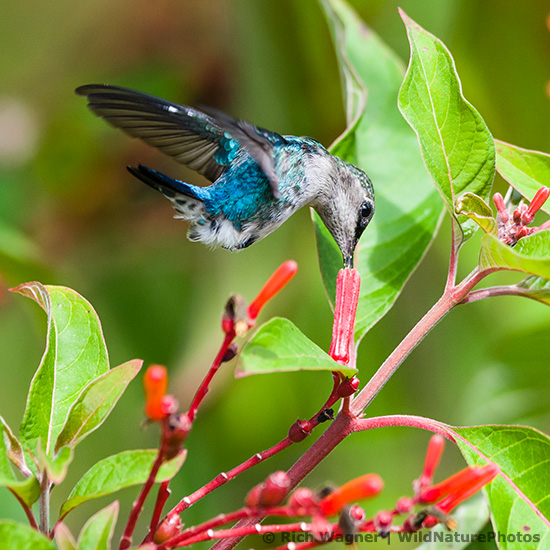
Bee Hummingbird (Mellisuga helenae), juvenile male, in flight near the red flowers of Firebush (Hamelia patens). Cuba
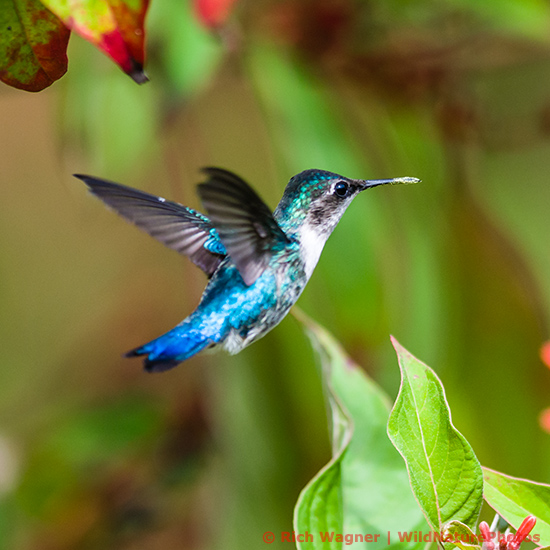
Bee Hummingbird (Mellisuga helenae), juvenile male, in flight near the red flowers of Firebush (Hamelia patens). Cuba
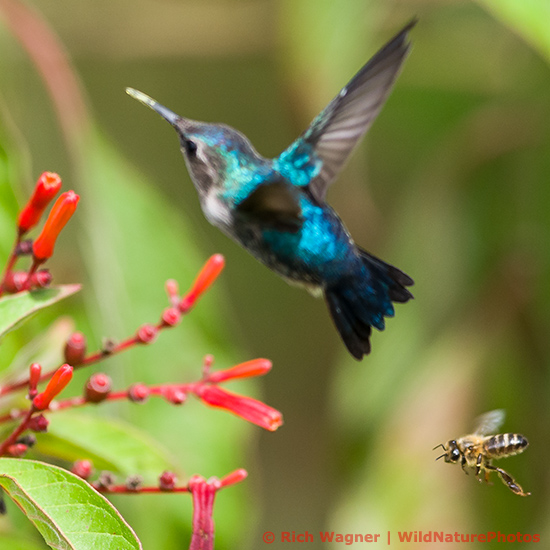
Bee Hummingbird (Mellisuga helenae), juvenile male, in flight behind a honeybee near the red flowers of Firebush (Hamelia patens). Cuba
Tags: Cuba
I just returned from a fantastic two week trip to Cuba with the New Mexico Ornithological Association and the Caribbean Conservation Trust to survey / photograph the avian fauna of Cuba. It will take some time to edit the images from the trip, but overall, the trip was a smashing success, as shown by this image of an endemic Bee Hummingbird, the smallest bird in the world!
Travel by U.S. citizens to Cuba is currently difficult, and it was certainly a privilege for me to join the NMOS and the CCT on this trip to Cuba. The U.S. Department of Treasury has provided a license for conducting bird conservation work in Cuba to the Caribbean Conservation Trust, Inc. (CCT), a U.S. based organization committed to the conservation of endemic and migratory birds and their habitats in the greater Caribbean region. The primary objective of the CCT is to enhance the ability of North American and Caribbean ornithologists, naturalists, resource managers, conservation organizations, institutions, and local citizens to conduct research and initiate programs to help conserve the birds of the Caribbean and their habitats. The CCT is dedicated to bird and habitat conservation through education and relationship building and, as a result of its work and research findings, is in compliance with a U.S. Treasury licensure for travel to Cuba. Gary Markowski runs the CCT, and his 16 years of experience in organizing trips to Cuba resulted in a flawless trip and a remarkable experience for all participants.
Our trip was limited only by the 14 day travel limit imposed by the license issued by the Treasury Department, and the time constraints of travel within Cuba. Regardless, thanks to the impeccable planning by NMOS President and trip leader Dave Krueper, we surveyed a significant range of habitats within Cuba, as shown on the map below:
The group recorded over 150 species of birds – specific counts will be forthcoming. Photographic highlights of Cuban birds included the Bee Hummingbird, Zapata Sparrow, Cuban Crow, Cuban Trogan, and Cuban Green Woodpecker, among others. Our group cultural experience in Cuba was fantastic, due in large part to our guide, Raydalie Pérez O’Farrill. Ray (pronounced as in “rye bread”) is a jewel of Cuba, and is knowledgeable about the history, politics and culture of Cuba, as well as natural history and birding. Thus, not only did we find over 150 species of birds, we also toured a local Guava processing plant, where men labor over fiery caldrons of Guayaba – processing raw guava fruits into delicious bars of guava preserves. The guava was sampled along with local fresh cheese – a true delicacy! Behind-the-scenes support was handled by Osmery Arzuaga and her fine staff at Havanatur.

Raydali Pérez O’Farrill enjoying a cup of Cuban coffee during a travel break.
Check back during early December, when I expect to have a significant number of images from the trip edited, key-worded, and uploaded to our website.
Tags: conservation, Cuba
I recently returned from a fantastic three-week trip to Panama, where we photographed critically endangered sea turtles like the Leatherback and Hawksbill as well as lots of other wildlife. We were there during the rainy season, so overcast skies and daily showers were not uncommon, although showers occurred more frequently at night. The potential impact of rain showers and humidity on equipment has always been a concern of mine when working in the tropics, even going back to my Nikon F3 days, when the biggest problem was condensation within lenses. There were times when it would take 2 – 3 hours for my 400mm f2.8 or 17-35mm lenses to “clear up” in the morning when camping in the Osa Peninsula of Costa Rica. But in general, everything always kept working. Wow, how things have changed in the digital era!
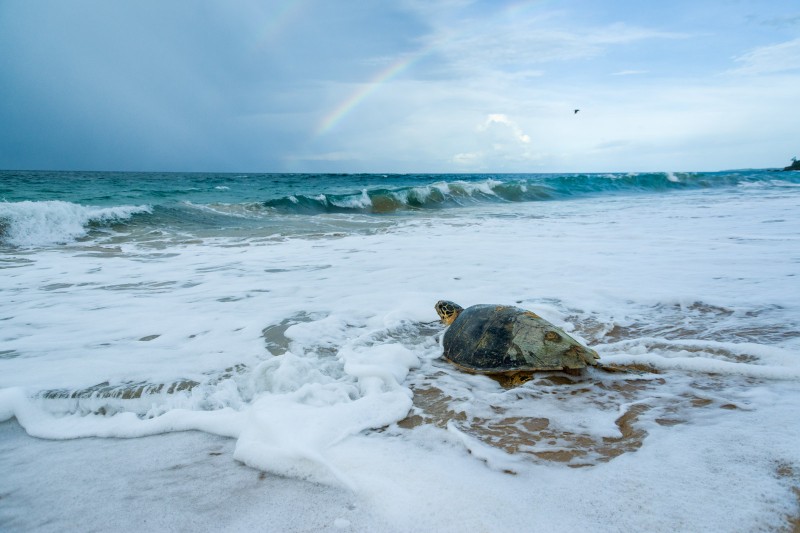
A critically endangered Hawksbill Sea Turtle (Eretmochelys imbricata imbrica) returning to the sea after nesting on the beach. (Bocas del Toro, Panama) ©2012 Rich Wagner | WildNaturePhotos
Near the end of our trip to Panama, while shooting hatchling Hawksbill sea turtles that were crawling quickly down the beach and out to sea, I was unexpectedly struck by a large wave. (The surf was huge at times – there were some world-class surfers there for a few days of filming.) I shielded the camera with my body, and not a drop of water hit the front lens element. Part of the splash did hit the camera body and lens as well as the SB-900 flash that was attached to the camera (used for shooting the hatchlings in the shade of trees near the nest site). I dried/shook off the water on the camera and kept shooting for another 20 minutes, until the D800E camera body went berserk. It started firing rapidly without touching the shutter release, and continued even after the camera was turned off. I quickly pulled the batteries to stop the shutter from firing and then continued to shoot with a backup D7000. The camera was wiped down with damp (freshwater) towels to remove any salt residue and then dried and packed away for return to NPS.
Here’s what the “event” looked like. By chance, Margie had stopped shooting turtle hatchlings for a moment and captured “The Wave.”
(Click to enlarge, back-arrow to return.)
After returning to the States, the camera was immediately shipped back to Nikon for anticipated cleaning and repair. One week later, the news:
“Service Repair Rank B2
REPAIR
BEYOND ECONOMICAL REPAIR. SEVERE WATER DAMAGE, CORROSION ON PG PCB, DC BACK COVER, TFT MONITOR, TOP COVER, HOT SHOE AND CCD AF SENSOR.”
Wow, a $3,300 camera, several weeks old, transformed into a brick? It looks fine!!! Apparently, the insides do not. An insurance claim was filed and the replacement D800E just arrived, thanks to NPS. Anyone looking for a slightly used but non-functional D800E, cheap??
This is certainly concerning, because although I have multiple camera/lens rain covers, not infrequently I get caught in a sudden, unanticipated downpour. Salt water is tough on equipment, but this seemed like a minimal exposure. In the previous week, the same camera with a 200mm Micro lens was nearly drenched by a sudden downpour while we photographed mating Red-eyed Tree Frogs. The sudden, unexpected downpour terminated the shoot. Fortunately, the camera and lens did not suffer any damage at that time, although everything did get wet.
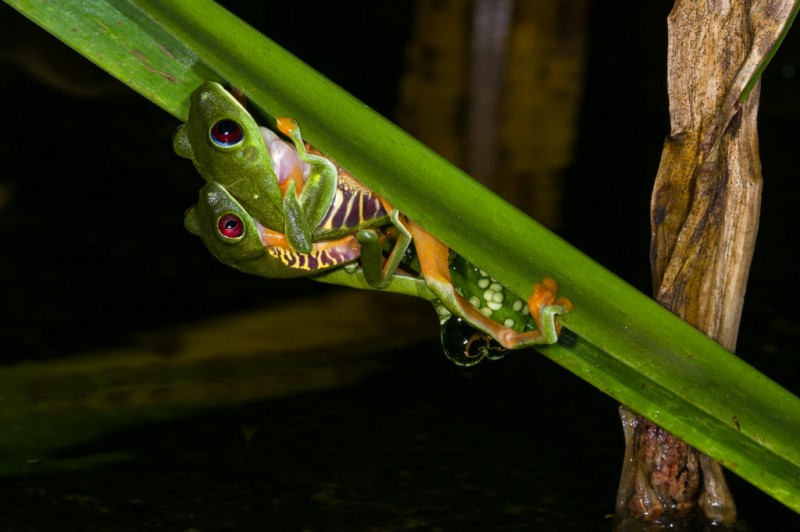
A mating pair of Red-eyed Tree Frogs (Agalychnis callidryas) in amplexus and laying eggs. The “bubble” is sperm from the male. (Bocas del Toro, Panama) ©2012 Rich Wagner | WildNaturePhotos
My impression is that the older “pro” Nikon camera bodies were better protected from the elements. Although the D800E is placed in the “advanced amateur” category by Nikon, a more weatherproof “pro” camera body that provides a comparable image does not yet exist. Therefore, be forewarned – the D800 is not weather-proof, and it is certainly not water-resistant. I do hope that Nikon will improve the weatherproofing of high-end cameras with future models. Even so, the D800E is a great camera, and I’m glad to have a replacement so quickly.
Tags: D800E, Endangered Species, Nikon D800E, Panama
Many of us have large legacy slide (or negative) collections that we periodically select slides from and scan. Unfortunately, along with the advances in computer hardware and operating systems has come the obsolescence and discontinued support for manufacturer’s scanning software. For example, the Nikon Scan software that drives the outstanding Nikon Super Coolscan 5000 ED scanner is not supported on Windows 7 (any version), Mac OS 10.5.x or later, or any 64- bit operating system (including 64-bit, 32-bit or Compatibility mode). Unless you have a legacy computer dedicated to scanning (and who wants to do that), SilverFast is here to save the day, and fortunately, my friend and colleague Mark D Segal has recently published the definitive guide to scanning slides and prints with SilverFast. Mark’s E-Book provides production-quality workflows that incorporate Silverfast 8, SilverFast HDR, and Adobe’s Lightroom and Photoshop applications.

Scanning Workflows with SilverFast 8, SilverFast HDR, Adobe Photoshop Lightroom and Adobe Photoshop © Mark D Segal
SilverFast has been one of the premiere applications for scanning film and prints since LaserSoft Imaging A.G. released Version 1.0 in 1995. The application grew and matured over the years, and is being used by very large numbers of people all over the world. In September 2011 the company released Version 8.0. This version is fully up-to-date with contemporary Macintosh and Microsoft computer operating systems and provides 64-bit compatible drivers for a number of scanners, including the Nikon CoolScan series and others. The SilverFast code and user interface have changed fundamentally, and for the better.
Over the last year of the redevelopment of SilverFast 8, Mark assisted LaserSoft Imaging as one of its foremost external beta testers. At the same time, Mark identified the need for a comprehensive book describing how to use the new application in its own right, and in the context of complementary external image editing applications such as Adobe Photoshop and Adobe Photoshop Lightroom.
As Mark put it, “So many people keep wondering what’s best to do where in a scanning workflow, because there are numerous options and conceivable workflow sequences, so how to manage all this successfully can be a bit bewildering. Then there are perennial questions about color management – how does one make sure that the scan preview on a monitor and the image that emerges from a printer will look about the same? So I decided that it would be worthwhile to produce a guide that not only provides clear instruction on every aspect of using SilverFast 8 and Silver HDR 8, but also how to integrate these applications into post-scan workflows.”
The result, Mark’s new book “Scanning Workflows with SilverFast 8, SilverFast HDR, Adobe Photoshop Lightroom and Adobe Photoshop,” is available for sale as a PDF download on the SilverFast website. Mark says in the Introduction: “This book is for anyone seeking to learn efficient workflows for maximizing image quality from scanned media.” The idea, Mark says, “is to provide instruction that will be useful to beginners and more advanced users alike.”
The coverage is comprehensive – 380 pages and many illustrations – and deals with:
- The SilverFast approach to scanning and application version differences, including guidance on what you get or miss between the versions;
- Understanding and managing the application interface;
- Understanding what items and tasks are more or less scanner-related;
- Deciding up-front what you will do in which application;
- Setting up the workflow structures enabling those decisions;
- Choosing your SF8 scan Preferences;
- Choosing your SF8 color management options and profiling your scanner;
- Loading the image into the scanner and adjusting the scan preview to suit;
- Dealing with resolution, bit-depth, print size, linear dimensions and file size;
- Image grain reduction, dust and scratch clean-up and sharpening;
- Making adjustments to image tonality (brightness and contrast);
- Bringing out deep shadow detail;
- Making adjustments to color (color balance and selective color adjustments);
- Handling Conversions: Color to Grayscale and Negative to Positive (for both color and grayscale);
- Workflow strategies step-by-step from A to Z;
- Automation (batch scanning).
The book’s index and first twenty-three pages are available as a free download on the SilverFast website, and the (259 MB) E-book can be purchased and downloaded from the site as well. I’ve read it, and I highly recommend it.
Tags: scanning, SilverFast
I recently returned from a 5-week trip to Cambodia and Thailand, with the primary purpose of seeing and photographing as many endangered species as possible. What a fantastic trip! Tons of images and video that will take months to edit and keyword, and 6 endangered species.
We’re just starting to get this material online. Photoshop CS6 was a requirement since the RAW rendering is such an improvement. We’re fanatical about accurate species identification, and keywording takes far longer than color adjustment, so the process is slow.
Here’s a taste of what’s to come. This is a critically endangered Red-headed Vulture circling a dead cow at a “vulture restaurant” – a site set up as a safe haven for vultures, where the local people benefit by preserving their indigenous wildlife.

Critially endangered Red-headed Vulture (Sarcogyps calvus) flies in to feed on a dead cow at a "vulture restaurant." (Cambodia) (©2012 Rich Wagner | WildNaturePhotos)

Critially endangered Red-headed Vulture (Sarcogyps calvus) flies in to feed on a dead cow at a "vulture restaurant." (Cambodia) (©2012 Rich Wagner | WildNaturePhotos)
Yup, there were lots of surprises on this trip!

Common Tree Frogs (Polypedates leucomystax) are often found in the guest living quarters in the Tmatboey Community Protected Area, especially near toilets. (Tmatboey, Cambodia) (©2012 Rich Wagner | WildNaturePhotos)

A Leopard Lacewing (Cethosia cyane) displays aposematic colors to warn predators that it is distasteful. (Cambodia) (©2012 Rich Wagner | WildNaturePhotos)
There’s lots more to come, so stay tuned! For the “story behind the pictures” check out Narca Moore-Craig’s blog:
http://narcamoorecraig.blogspot.com/2012/03/vulture-restaurant.html
and
http://narcamoorecraig.blogspot.com/2012/03/okokis-white-winged-ducks-and-more.html
Tags: Cambodia, conservation, Endangered Species
Thanks to Register.com’s response to a phishing attack against our blog, our website, blog and e-mail were knocked off the Internet until we unraveled what happened. It seems that it’s Register.com’s policy to not inform domain name owners (like us) of phishing attacks, but rather to simply remove the domain name from their DNS servers without notification of the domain name owners! This unfortunately occurred several days after I left the United States for a 5-week trip to Cambodia and Thailand, where I was almost always without internet access. It was initially not clear whether we had a hardware problem, a T1 internet line problem, or some other problem. We apologize for any bounced e-mail during this period as well as the lack of access to our website. Fortunately, everything is once again up and running smoothly. In the phishing attack, code was injected into the Askimet plugins folder. Askimet is a spam blocker!
To prevent this type of problem in the future, we will not depend on Askimet to filter spam, and we will require moderation of all posted comments. Thanks for your understanding. We have no intention of filtering, editing, or censoring comments, other than blocking spam and preventing future phishing attacks.
We also discovered code injected into PHP files in WordPress that knocked our blog out. Arggghhh!!!! We’re hopeful that everything is back to normal and that the doors are bolted shut.

